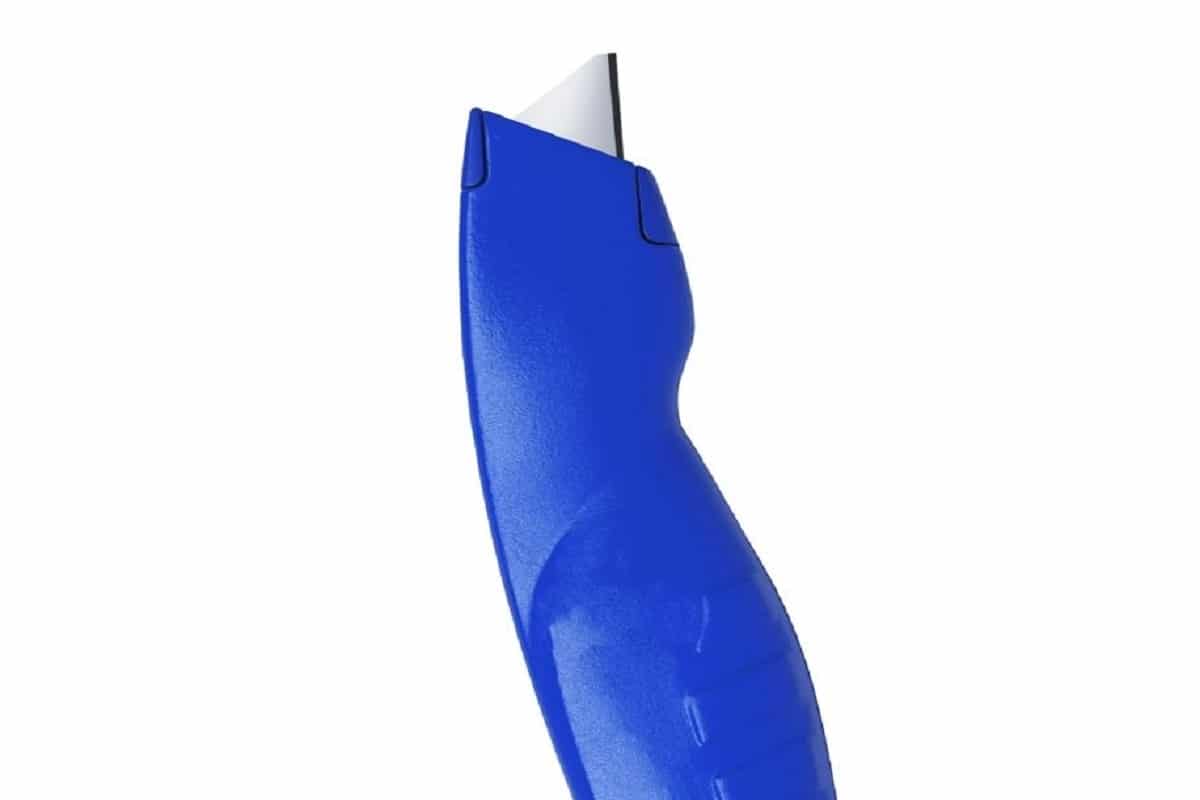Box cutters are known for being sharp and tough enough to handle a variety of cutting tasks, not just opening cardboard boxes. But some materials are harder to cut than others, and this includes foam. So why does foam dull box cutters? Find out below.
Can You Cut Foam With A Box Cutter?
Yes, box cutters can cut foam boards, rolls, and even mattresses. This is a soft and flexible material that nearly any type of knife can cut through. However, foam tends to dull blades of knives rather quickly. Why is this so?
Why Does Foam Dull Box Cutters?
Box cutters are sharp, so it’s interesting why they would dull while cutting foam.
However, cutting foam tends to dull knives quickly. Why is this so?
Cutting foam often requires putting extra force into the knife to cut through it. All this force gets concentrated to a few points along the blade. This ends up being quite a bit for the edge of the blade to handle.
The foam is also made of tough polymer and has molecular properties that cause it to stick to the blade enough to create wear.
You may cut only a few linear feet of foam before the blade gets dull. If the blade gets too dull, the knife will no longer produce sharp cuts and will tear the foam instead.
The solution is to keep a stone sharpener nearby and sharpen the blade often. Or, continue to replace the blade as it gets dull. The best option may be to use a hot wire foam cutters may be best for quickly cutting foam, rather than using a knife or box cutters.

Good Box Cutters
WORKPRO Folding Utility Knife Set Quick Change Blade, Back-lock Mechanism
DIYSELF 2Pack Utility Knife Box Cutter Retractable Blade Heavy Duty
Slice 10515 Mini Box Cutter, Ceramic Blade Locks Into Position, Right or Left Handed Mini Cutter
Types of Foam That Box Cutters Can Cut
Box cutters can easily cut different types of foam. A partial list includes:
- Fast drying foam — used in outdoor seating
- Closed cell foam — used in padding, pipe insulation, gym mats and impact box liner
- Memory foam — used in mattresses, seat pads, bike seats
- Rebond foam — used under carpet, in furniture and office seats, car and motorcycle seats
- Charcoal foam — used in gun cases, camera cases and instrument cases
- Latex foam — used in mattresses, pillows, sound absorbtion
- High resilience foam — used in mattresses and boat cushions
- High density foam — used in camping pads, yoga pads, seating
- Polyurethane foam — used in packaging, crafts, animal beds
- Polyether foam — used in sponges, packaging, paint rollers
- Polyester foam — used in display packaging, sound deadening, automotive and appliance gaskets
- Ethafoam — used in electronics packaging, floatation
- Volara foam — a thin foam that comes on a roll, used for medical products, tape, gaskets, insulation
- Open cell foam sponges
- Cellulose sponges
- Open cell structural foam panels
- Closed cell structural foam panels
- Spray foam sealant
Box cutters can only cut to the depth of the blade, which is usually up to 1 inch or so. Many pieces of foam are significantly thicker. So, while a box cutter can technically cut any of the foam materials above, you only really want to use one on thin foam up to 1 inch thick.
Foam and other materials can be cut using box cutters, and each one will have a different affect on how long the blades stays sharp. We hope this post has helped you understand that just a little bit better. As always, keep safey in mind when you set off on your next cutting task to prevent any unnecessary injuries to yourself or others.
